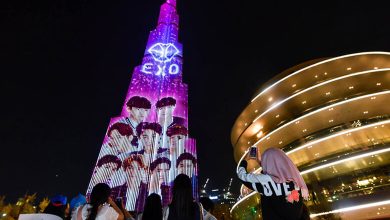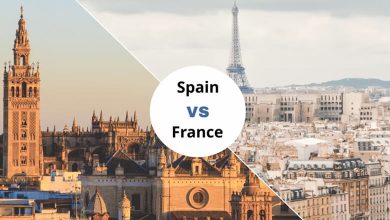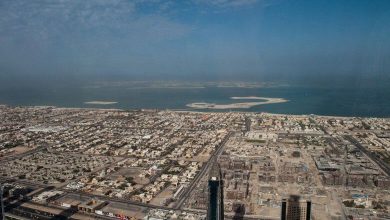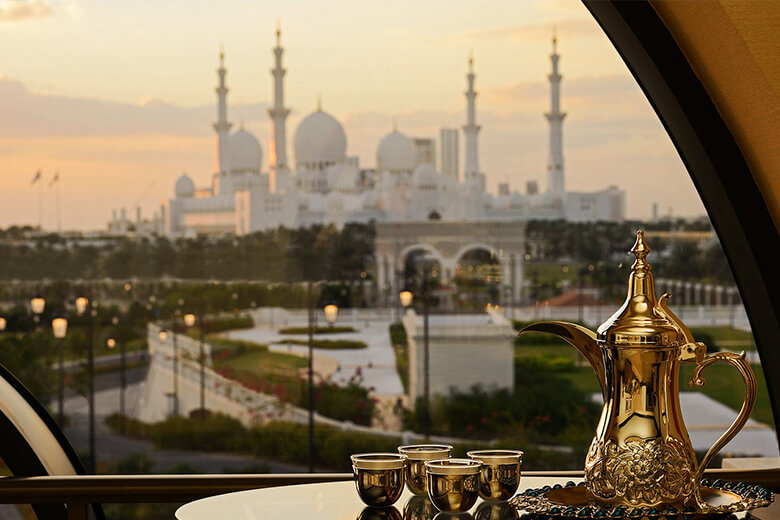
For centuries, the Dallah has used Qahwa (gahwa), an Arabic or Gulf coffee made in a multi-stage ritual, and khalige, a spicy, bitter coffee traditionally served at festivals such as A traditional Arabic coffee pot that has been used for centuries to brew and serve. Provided by Dr. Eid Al. Fitr.
It is commonly used in the Arabian Peninsula and Bedouin coffee traditions. The ancient Bedouins practiced the ritual of making, serving, and drinking coffee as a sign of hospitality, generosity, and wealth. In many parts of the Middle East, it is still associated with socializing with friends, family, and business associates, usually at major rites of passage such as births, weddings, and funerals, as well as some business meetings.
The Dallah has a unique shape with a bulbous body that tapers to a “waist” in the middle and widens towards the top. Topped by a tall tower-shaped lid that is held in place by a curved handle. The most striking feature is the long spout with a crescent-shaped beak. This spout is sometimes covered with a metal flap to keep the coffee warm, but traditionally it is open so you can see the coffee being poured.
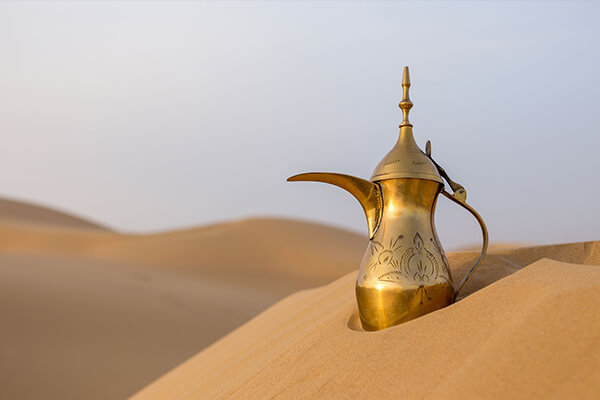
History of Dallah (Coffee Pot)
Brass, steel, silver, or even 24K gold can be used to make Dallahs for royal use or special occasions. Uncertain history can be found in Dallahs.
The mid-17th century contains some of the earliest mentions of a Dallah being used as a coffee boiler in its present form. The Dallah is represented in public artwork and money because it is so crucial to the identity of the Persian Gulf nations. On several Saudi Arabian currency banknotes, it is also shown in the form of a watermark as a security feature.
Dallah is frequently lavishly decorated; it is frequently engraved with geometric patterns, stylized versions of plants and flowers, love scenes from Arabic poetry, or other decorations, such as semi-precious stones and ivory. Modern Dallah are more frequently practical containers, and even automatic and thermos Dallah are available to the modern coffee drinker.
Gulf of Arabic coffee is typically made with straightforward ingredients and is served unfiltered in demitasse cups after boiling water, lightly roasted coffee, and ground cardamom for 10 to 20 minutes in a Dallah. Saffron or other spices may be used in additional traditional and regional dishes.

Original of Dallah
Arabic coffee is prepared and served at Al-Dallah. Various types and shapes are depending on the production area. Features include decorations, stickers, and the manufacturer’s name. The most well-known types of Al-Daraa include Al-Hijaziah, Al-Baghdadia, Al-Quraishyah, Al-Halabiyah, Al-Hasawiyah, and Al-Hairiyah.
1. Al Qurayshya
This type is attributed to the Quraish tribe and is made in Mecca. Rated as one of the finest coffee pots available, they are widely distributed throughout the UK and vary in price depending on the shape and materials used.
2. Al-Hijazia
As the name suggests, this type of coffee pot is famous in the Hijaz region but can be found throughout the kingdom. It features a luxurious design and a unique shape.

3. Al-Hasawiya
This is one of the oldest types of coffee pots in the kingdom, characterized by its elegant shape and high-quality materials, making it one of the most valuable types in the kingdom.
4. Al-Hailiya
He is considered one of the most beautiful coffee pots of this type and in the Hale region, he has been manufactured for over 100 years. Made of copper, these pots are characterized by their quality and variety of sizes and shapes. They are often made by skilled craftsmen in Qasr Al Asrawat villages.
Conclusion
Historians interested in Arabic culture will be interested in when the first traditional coffee pot, Al Dara, was made. They are said to have originated in pre-Islamic times, especially when Hatem al-Tay’i brought them from the Ghassanids of the Levant to the Arabian Peninsula.

